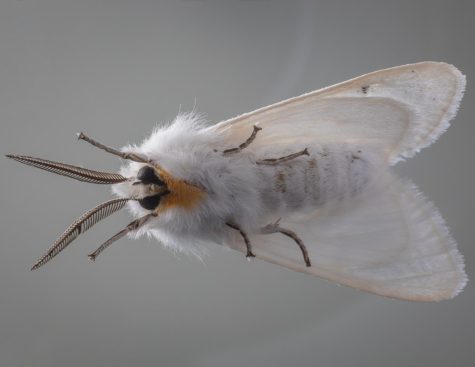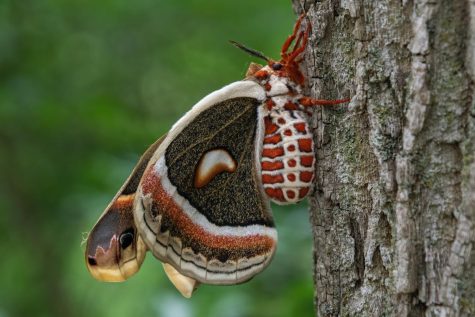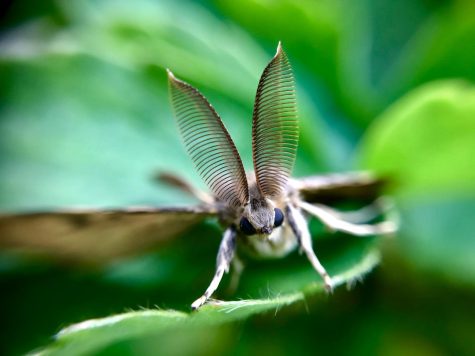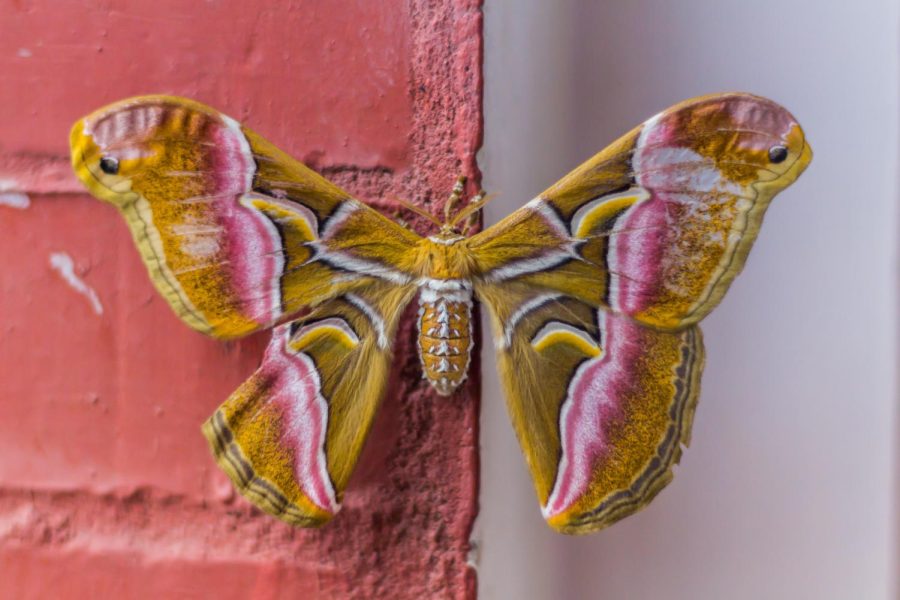BugBlogs: The Interesting Lives of Moths.
Are they just light seeking idiots?

People consistently claim if a butterfly lands on you, it is good luck, well is it good luck if it’s a moth? Moths are some of the most overlooked bugs. They are normally disregarded as “the ugly butterflies” however the more we learn about moths the more intriguing things we find. First of all, moths are much more common than butterflies. Butterflies and moths belong to the same scientific order- lepidoptera. The ratio of moths to butterflies or around eight to one. Meaning for every eight months there is one butterfly. However, they are primarily nocturnal, so we don’t notice them as often as butterflies.
Moths have an amazing sense of smell. They use their feet, antennae, and mouthparts called palps. Male moths can follow a pheromone scent left by a female moth for miles before losing the scent. Their fluffy antennas catch molecules and utilize them for smell. Not only do they use smell to find mates, but they also use their incredible sense of smell to find food. Most adult moths follow a diet that is made up of tree sap flower nectar and rotting juice from fruits.

Now while most moths enjoy a liquid diet, some moths do not have mouths at all. Lunar moths represent a fitting example of this. These moths after reaching adulthood retain no way of eating or consuming food since after they emerge from their cocoons, they possess no mouthparts. While most moths live about forty days, these moths only live for about a week since they cannot consume food.
Moths are one of the most hunted insects by nocturnal predators. In order to avoid predation many, moths have adapted ways to confuse and avoid predators. Some moths have adapted distinctive markings, so they blend in with tree bark. The tortricids are a family of moths that have adapted brown rusty marking, so they blend into tree bark in order to avoid becoming a late-night snack. Other moths like the Catocala nupta, also known as the red under wing moth, use their vivid colors to flash at predators to distract them and frighten them off. Arctia caja or otherwise known as the tiger moth make ultrasonic clicking that confuses sonar guided bats. This causes the bats to get disoriented and fly away.

Furthermore, moths were some of the first astronomers. Nocturnal moths utilize lights to navigate. They navigate by using stars and the moon. This is how they fly in straight lines and can map out their habitat. Moths often get disorientated when flying because humans have lots of light pollution that throws them off. This causes moths to sit on household lights or outdoor garden lights. Their navigation believes it’s a massive star and they don’t know what to do other than circle it until they fall from exhaustion.



